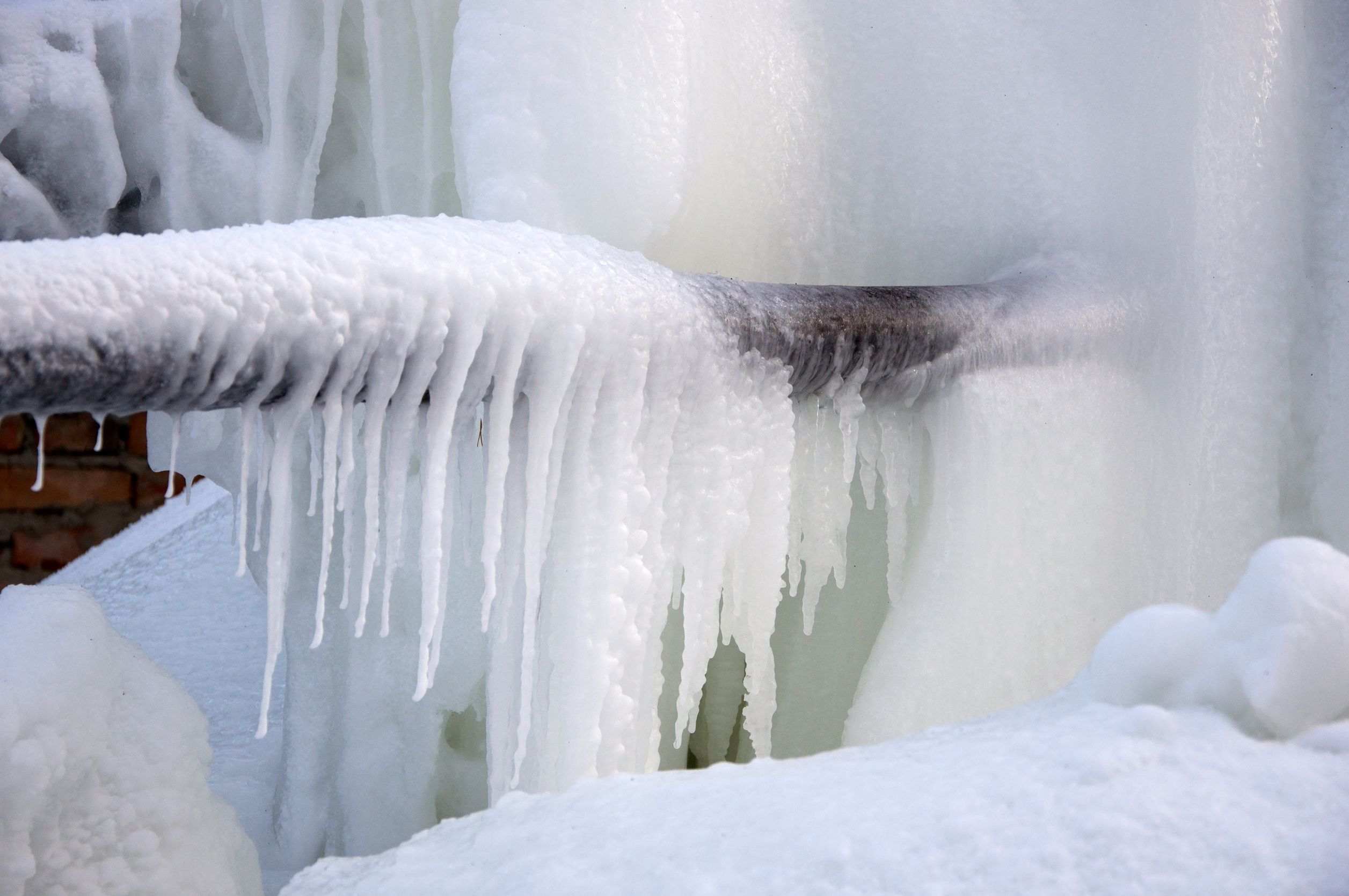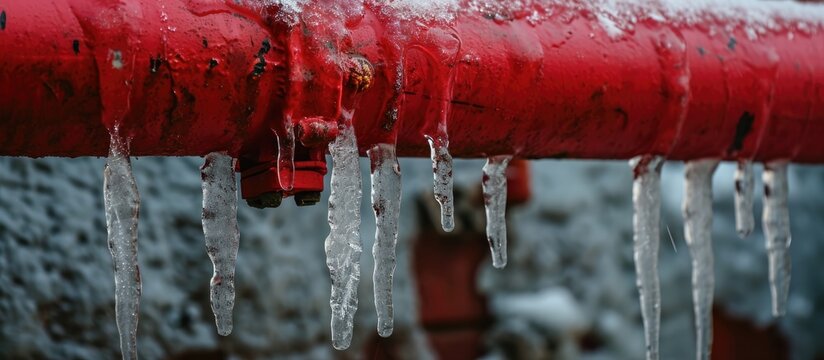Protecting Your Pipes from Freezing Damage: Key Strategies
Protecting Your Pipes from Freezing Damage: Key Strategies
Blog Article
We have stumbled on this great article on Preventing and dealing with frozen pipes listed below on the net and believe it made perfect sense to quickly share it with you over here.

Winter can ruin your plumbing, specifically by freezing pipelines. Right here's exactly how to stop it from taking place and what to do if it does.
Introduction
As temperature levels drop, the danger of frozen pipes rises, possibly bring about expensive repairs and water damage. Comprehending just how to stop frozen pipes is vital for house owners in cold environments.
Comprehending Icy Pipes
What creates pipelines to ice up?
Pipelines ice up when exposed to temperature levels listed below 32 ° F (0 ° C) for extended durations. As water inside the pipelines freezes, it expands, putting pressure on the pipeline walls and potentially causing them to burst.
Dangers and problems
Frozen pipes can bring about water supply disturbances, residential property damage, and costly repair services. Ruptured pipelines can flooding homes and create substantial architectural damage.
Indicators of Frozen Water Lines
Determining frozen pipelines early can prevent them from rupturing.
How to identify frozen pipelines
Look for reduced water circulation from faucets, uncommon odors or sounds from pipelines, and noticeable frost on exposed pipelines.
Avoidance Tips
Shielding susceptible pipelines
Cover pipes in insulation sleeves or use warmth tape to shield them from freezing temperatures. Concentrate on pipes in unheated or external areas of the home.
Heating methods
Keep indoor spaces appropriately heated up, especially areas with pipes. Open closet doors to permit cozy air to distribute around pipes under sinks.
Safeguarding Exterior Plumbing
Garden tubes and exterior faucets
Detach and drain pipes garden tubes prior to wintertime. Install frost-proof faucets or cover outside taps with protected caps.
What to Do If Your Pipelines Freeze
Immediate actions to take
If you believe icy pipelines, keep faucets open up to eliminate pressure as the ice thaws. Utilize a hairdryer or towels soaked in hot water to thaw pipes slowly.
Long-Term Solutions
Architectural changes
Consider rerouting pipelines far from outside walls or unheated areas. Include extra insulation to attic rooms, cellars, and crawl spaces.
Upgrading insulation
Buy top quality insulation for pipelines, attic rooms, and wall surfaces. Proper insulation aids maintain regular temperature levels and decreases the threat of icy pipes.
Verdict
Stopping frozen pipes needs positive measures and quick actions. By recognizing the reasons, indications, and preventive measures, house owners can secure their pipes throughout winter.
5 Ways to Prevent Frozen Pipes
Drain Outdoor Faucets and Disconnect Hoses
First, close the shut-off valve that controls the flow of water in the pipe to your outdoor faucet. Then, head outside to disconnect and drain your hose and open the outdoor faucet to allow the water to completely drain out of the line. Turn off the faucet when done. Finally, head back to the shut-off valve and drain the remaining water inside the pipe into a bucket or container. Additionally, if you have a home irrigation system, you should consider hiring an expert to clear the system of water each year.
Insulate Pipes
One of the best and most cost-effective methods for preventing frozen water pipes is to wrap your pipes with insulation. This is especially important for areas in your home that aren’t exposed to heat, such as an attic. We suggest using foam sleeves, which can typically be found at your local hardware store.
Keep Heat Running at 65
Your pipes are located inside your walls, and the temperature there is much colder than the rest of the house. To prevent your pipes from freezing, The Insurance Information Institute suggests that you keep your home heated to at least 65 degrees, even when traveling. You may want to invest in smart devices that can keep an eye on the temperature in your home while you’re away.
Leave Water Dripping
Moving water — even a small trickle — can prevent ice from forming inside your pipes. When freezing temps are imminent, start a drip of water from all faucets that serve exposed pipes. Leaving a few faucets running will also help relieve pressure inside the pipes and help prevent a rupture if the water inside freezes.
Open Cupboard Doors
Warm your kitchen and bathroom pipes by opening cupboards and vanities. You should also leave your interior doors ajar to help warm air circulate evenly throughout your home.

I ran across that piece of writing about Prevent Frozen Pipes when doing a search on the web. Enjoyed reading our blog? Please quickly share it. Let other people discover it. I praise you for your time. Come back soon.
Click For More Information Report this page